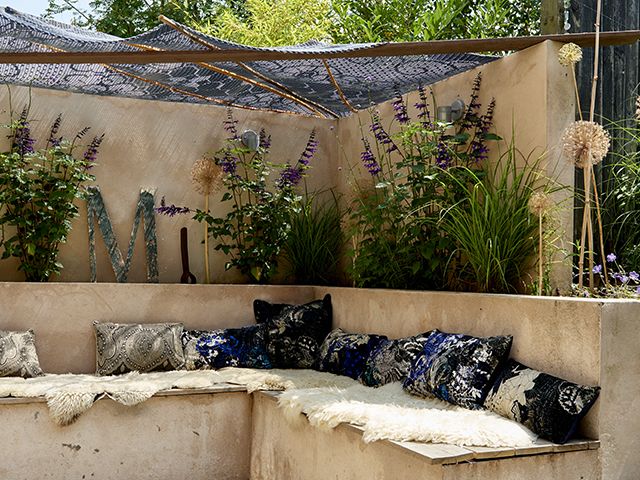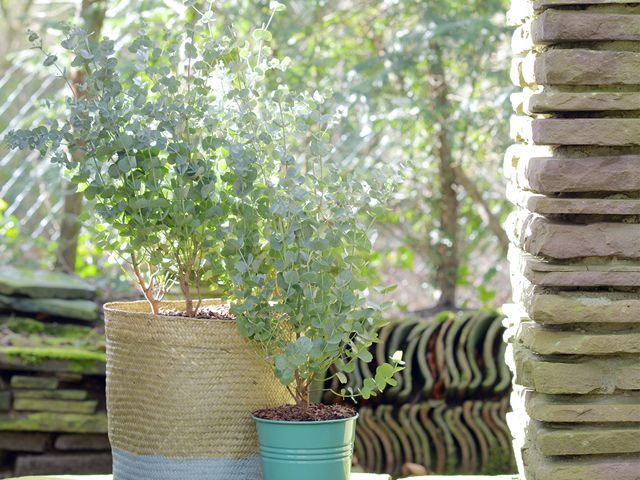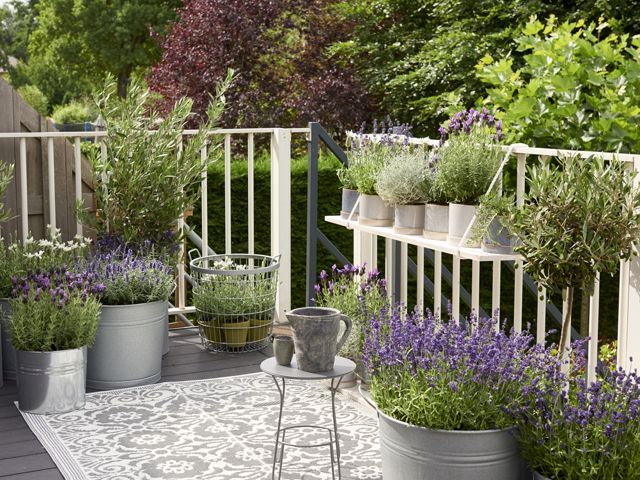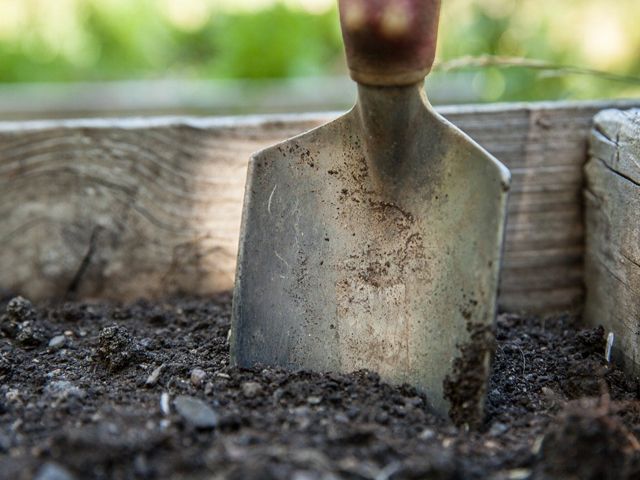
How to plant a drought-proof garden
With a little bit of preparation, you can enjoy an outdoor space that thrives in hot, dry summer months, or in a low-water region, by knowing what to grow, how to grow it, and when.

Image: Good Homes
Whether we’re in for a repeat of the scorching temperatures and low rain fall of summer 2018, or you simply live in a low water region, it makes sense to consider how your climate will affect the kind of garden you can have.
It is possible to have a beautiful garden in low water regions, without the need for irrigation, its just requires a little bit of research and planning, so we asked Andrew Ronn, owner of Flora Select, an online retailer of garden planters and accessories, for his top tips to create a drought-tolerant garden.
Know which plants to use

Image: Eucalyptus’ natural oil ensures it’s tolerant to drought conditions. Photo: thejoyofplants.co.uk
You can spot many drought‐tolerant plants by their silver or grey‐green leaves; their colour reflecting the sun’s rays. You may also notice they have a coating of fine hairs on their leaves or
stems, which help them to trap moisture. Mixing succulents, or other drought‐tolerant plants such as Bergenias, with native plant varieties is a good way of creating lushness in drier areas, whilst pansies, sunflowers and Californian poppies are a great way of adding a pop of colour, whilst only requiring a low amount of water.
Small shrubs like lavendar are also ideal for low water regions, as are climbers like Constance Elliot or perrenials like Verbena.
Know when to plant them

Image: Lavendar shrubs are perfect for low-water regions. Photo: thejoyofplants.co.uk
Plant your sun‐loving plants in or around April. This allows them a chance to establish their roots before winter arrives – an important move, as these plants tend to be slightly less sturdy.
In general, do your planting when they’re still young. This helps them develop more resilience as they adapt to their conditions earlier. Imagine if you moved your kids to another country – the younger they learn the new language, the easier it is for them – it’s a similar situation for your plants!
Prepare your soil first

Image: Pixabay
Before you do anything else, it’s a good idea to remove any weeds first, as these could deprive your new plants of water before they’ve even had a chance to grow.
Cultivate the soil, and consider adding organic matter, such as composted bark or well‐rotted farmyard manure, as this is a great way to improve water availability, as well as drainage.
Thoroughly water in all new plants – yes, we’re creating a drought‐tolerant garden, but they become more drought‐tolerant once they are established, and to do that they need to be properly watered
in their first season. Consider mulching the bed as well, to help the soil retain moisture in the warmer months, as well as give your garden a tidy appearance.
Mass planting to avoid the desert look
No one wants unsightly dry, bare batches in their garden, and one of the easiest ways to avoid this, is through mass planting. Choose 1‐3 varieties of plants that grow well in your soil conditions and plan in large groups.
Some people may even choose this as an alternative to having a lawn, or there’s the option of gravel or bark.
Any of your own tips for a drought tolerant garden? Let us know on social! Tweet us @goodhomesmag or post a comment on our Facebook page.




